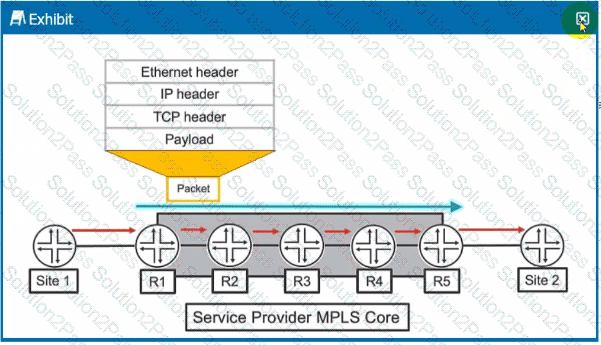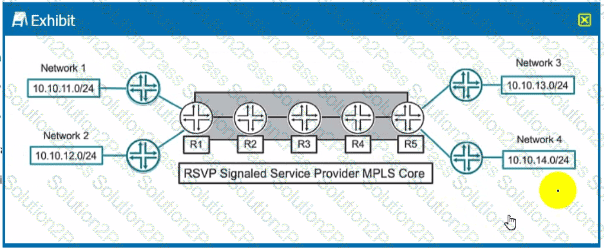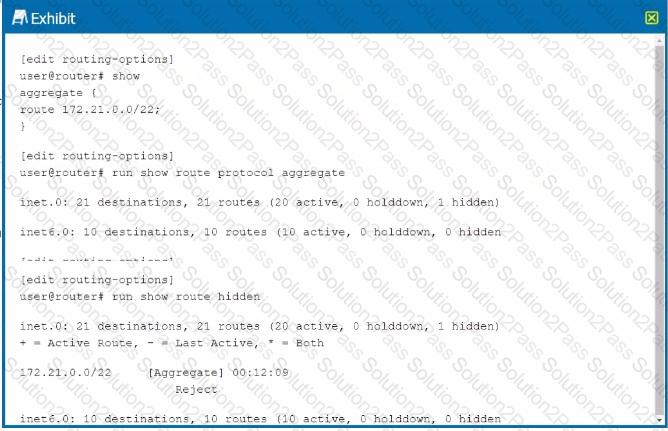JN0-363 Juniper Service Provider Routing and Switching, Specialist (JNCIS-SP) Free Practice Exam Questions (2025 Updated)
Prepare effectively for your Juniper JN0-363 Service Provider Routing and Switching, Specialist (JNCIS-SP) certification with our extensive collection of free, high-quality practice questions. Each question is designed to mirror the actual exam format and objectives, complete with comprehensive answers and detailed explanations. Our materials are regularly updated for 2025, ensuring you have the most current resources to build confidence and succeed on your first attempt.
Exhibit

Which two statements ate correct about the actions taken as the packet traverses the service provider MPLS network from Site 1 to Site 2 as shown in the exhibit? (Choose two.)
Exhibit

Which two statements are correct about the service provider MPLS network shown in the exhibit? (Choose two.)
You are troubleshooting two OSPF routers that have an adjacency that remains in the ExStart state.
What would cause this problem?
Exhibit.

Referring to the exhibit, you have configured an aggregate route that represents the 172.21.0.0/24, 172.21.1.0/24, and 172.21.2.0/24 networks. However, when you view the routing table, your new route hidden.
Which action would you perform to determine the problem?
Which new field is added to an IPv6 header as compared lo IPv4?
